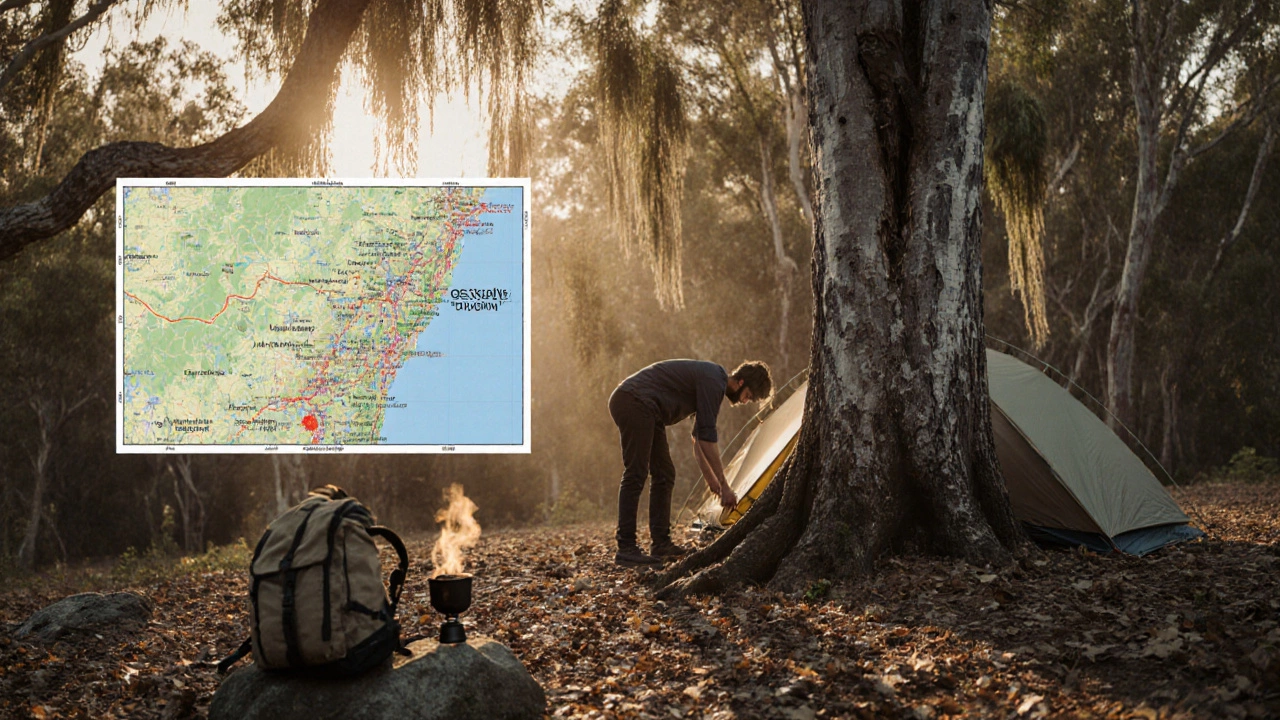Australian Bush Living: Your Guide to Camping, Motorhomes and Outdoor Freedom
When you hear the phrase Australian Bush Living, the lifestyle of staying outdoors in Australia’s rugged bush while using a motorhome, campervan or simple tent setup. Also known as bush living, it lets you explore remote landscapes on your own terms.
If you're after Australian bush living, you’ll quickly discover three things that make it click: the right vehicle, the right spots, and the right habits. Motorhome, a self‑contained vehicle that offers sleeping, cooking and bathroom facilities on wheels is the go‑to buddy for many travelers because it mixes comfort with freedom. Bush Camping, setting up a tent or bivvy in native bushland while following local guidelines brings you close to the land, the sounds of kookaburras and the smell of eucalyptus. And Sustainable Practices, methods like Leave No Trace, low‑impact fire safety and waste minimisation that protect the environment keep those remote places beautiful for the next crew.
Key Elements That Shape Australian Bush Living
Australian bush living encompasses bush camping, motorhome travel, and sustainable habits. It requires a vehicle that can handle rugged tracks, so many choose a 4×4 motorhome or an RV fitted with high‑clearance suspension. Those vehicles give you the ability to reach national parks, remote waterholes and hidden valleys that a regular car can’t tackle. At the same time, you need to know the local rules – most state parks have specific fire bans, waste‑disposal stations and campsite booking systems. Knowing the difference between a free‑range bush campsite and a managed campground lets you avoid fines and stay safe.
Another essential thread is gear. A good-quality tent, a portable solar panel, and a compact fridge make a tent‑only trip feel almost as comfortable as a motorhome stay. Combine that with a reliable GPS, a satellite phone for emergency calls, and a first‑aid kit, and you’ve built a safety net that lets you push farther into the outback. The right equipment also supports sustainable practices: a solar panel reduces generator noise and emissions, while a portable toilet helps you follow strict bush waste regulations.
People often wonder whether to live full‑time in a motorhome or use it for occasional getaways. The answer hinges on lifestyle and budget. Full‑time living means you’ll master water‑management, power‑routines and tyre‑maintenance, but it also gives you the chance to see multiple regions without ever packing a suitcase. Seasonal trips let you test the waters – you can spend a summer on the east coast, a winter in the Top End, and still keep a home base.
Every story of Australian bush living shares a common thread: respect for the land. Whether you’re cooking over a camp stove at a remote beach or pulling into a holiday park with a full‑size motorhome, the principle stays the same – leave the spot cleaner than you found it. That mindset shapes every decision, from choosing biodegradable soap to keeping fire pits small and contained.
Below you’ll find a curated collection of articles that dive deeper into each of these topics. From seasonal guides on the best camping months to detailed comparisons of Class A versus Class C motorhomes, the posts are packed with actionable advice. Browse through to arm yourself with the knowledge you need for a safe, enjoyable, and low‑impact adventure in the Australian bush.
Legal Guide to Living in the Woods: What You Need to Know
Learn the legal rules for living in Australian woods, from permits and zoning to private land consent and penalties. Get step‑by‑step guidance to stay within the law.
